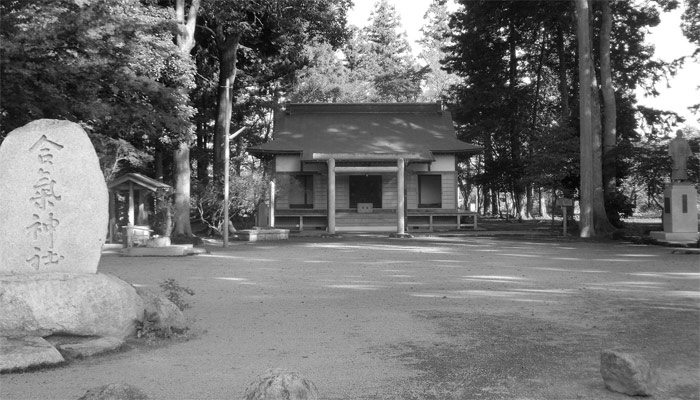
Aiki Jinja: Bridging Spirituality and Martial Arts in Iwama
Nestled in the tranquil town of Iwama 岩間, Japan, Aiki Jinja 合気神社 (Aiki Shrine) stands as a testament to the convergence of martial arts and spiritual reverence.
In 1942, Ueshiba and his wife, Hatsu, relocated from Tokyo to Iwama. In this little town, Ueshiba dedicated himself to the concept of martial and agricultural unity 武農一如, acquiring land and engaging in farming activities. Subsequently, he constructed both a dojo and a shrine, the Aiki Jinja. He referred to this place as the birthplace of aikido 合気道の産屋. Over time, this site has gained profound significance, now regarded as a sacred ground by countless aikido practitioners.
Ueshiba constructed Aiki Jinja as a sanctuary to honor the 43 kami 四十三柱の大神 of aikido, including Saruta Hiko no Ookami 猿田彦大神, Kunitsu Ryuoh 国津竜王, Kuzuryu Daigongen 九頭竜大権現, Tajikarao no mikoto 手力男命, Ama-no-Murakumo-Kuki-Samuhara-Ryu-O 天の村雲九鬼さむはら竜王, Ketsumi Miko no Ookami 家津美御子大神, Wakumusubi no Mikoto 稚産霊命の他, Ryuoh 竜王, Daigongen 大権現, Ootengu 大天狗, Daibosatsu大菩薩, and others. A traditional Japanese shrine typically comprises two primary structures: the honden 本殿 and the haiden 拝殿. The honden refers to the central hall or inner sanctum of the shrine, the most sacred place where the shrine’s kami are enshrined. It is usually not accessible to the public. The haiden, on the other hand, serves as the principal hall where devotees offer prayers and tributes to the enshrined kami. It’s also the place for rituals and ceremonies, facilitating communication with the shrine’s kami.
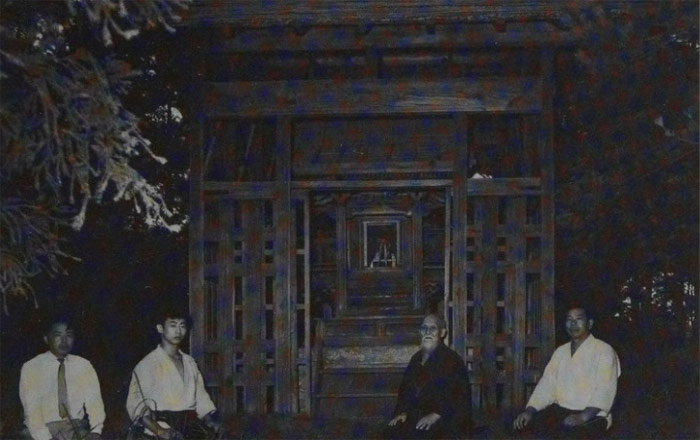
The original Aiki Jinja (honden 本殿)
The construction of the original honden of Aiki Jinja was completed in the late autumn of 1944. However, the haiden was erected much later. The Iwama Dojo, originally named Aiki Shuren Dojo 合気修練道場, and now called Ibaraki Shibu Dojo 茨城支部道場, was completed adjacent to the Aiki Shrine in 1945, prior to the conclusion of World War II. It served as the headquarters of the art following the establishment of Aikikai 合気会 until the opening of the present Aikikai Hombu Dojo 合気会本部道場 in Tokyo in 1956.
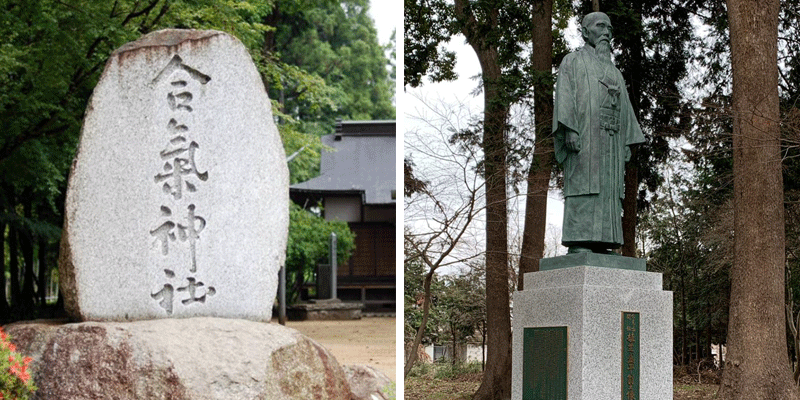
The stone monument and the bronze statue of Ueshiba in front of Aiki Jinja
After Ueshiba’s passing, his dedicated disciple Morihiro Saito 斉藤 守弘 assumed the responsibility of overseeing the Iwama Dojo and Aiki Jinja. These structures underwent meticulous restoration in 2001-2002, overseen by Saito and sanctioned by Doshu Moriteru Ueshiba 植芝 守央. This renovation encompassed the installation of a fence surrounding the premises, as well as the placement of a commemorative stone monument in front of the shrine, featuring the inscription “Aiki Jinja”. The design for this inscription was created by Seiseki Abe 阿部 醒石, a student of Ueshiba who also served as his calligraphy teacher. Furthermore, a large bronze statue of Ueshiba was inaugurated in November 2009, prominently positioned in front of the shrine.
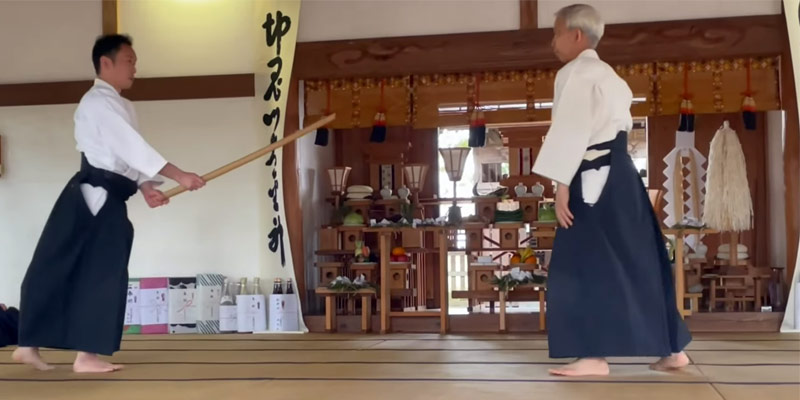
Doshu Moriteru Ueshiba presenting an aikido demonstration in Aiki Jinja (haiden 拝殿) during Aiki Jinja Rei Taisai
While Ueshiba was alive, once a month he conducted a religious ceremony known as Tsukinamisai 月次祭 at Aiki Jinja. During this ceremony, participants offered food and sake, engaging in ceremonial acts to show respect, gratitude, and seek blessings from the shrine’s kami. After Ueshiba’s passing, Saito carried on this tradition. Presently, on April 29 each year, the Aiki Jinja Rei Taisai 合気神社例大祭 (The Grand Festival of the Aiki Shrine) is orchestrated by Omoto priests, commemorating the passing of O-sensei Ueshiba. Alongside religious observances, the current Doshu usually presents an aikido demonstration within the haiden. This event draws aikido practitioners from around the world, uniting them to honor Ueshiba’s enduring legacy and teachings.
Aiki Jinja surpasses being a mere physical structure; it is a living embodiment of Ueshiba’s vision—a place where martial arts and spirituality harmonize, fostering unity within oneself and the world.
Author’s Note: We appreciate your readership! This article serves as a preliminary introduction to the subject matter. While we aim for accuracy, we cannot guarantee the content’s precision and it may contain elements of speculation. We strongly advise you to pursue additional research if this topic piques your interest. Begin your AikidoDiscovery adventure! 🙂


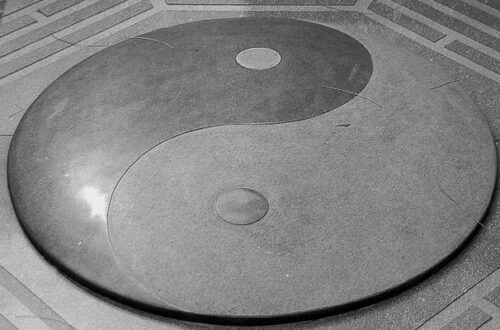
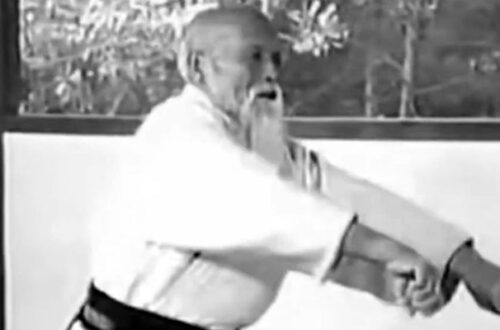

One Comment
Bjorn Saw
Thank you for a great site! Please add the info about the stone and its inscription next to the Jinja, and possibly some info about the peace pole?